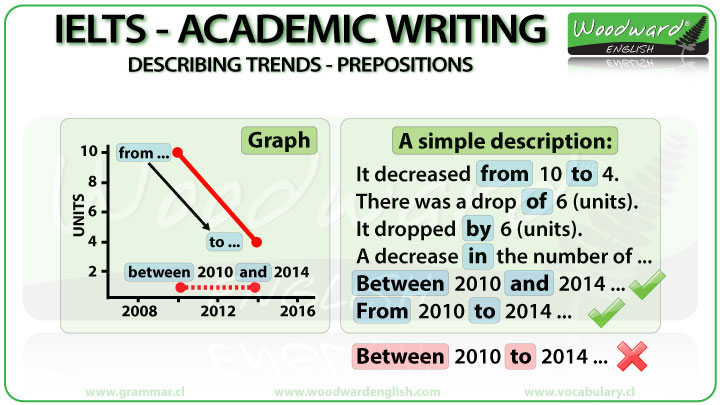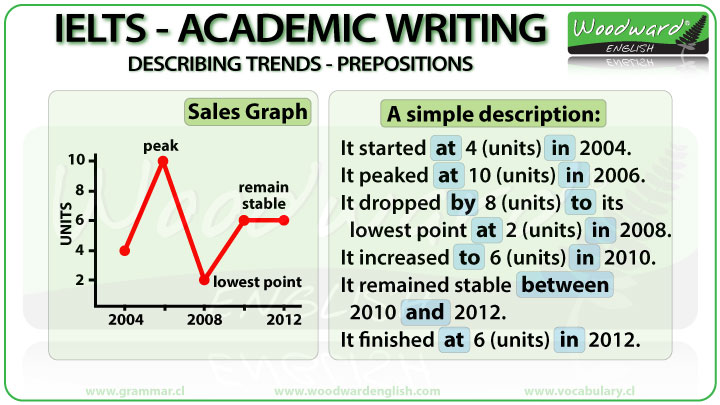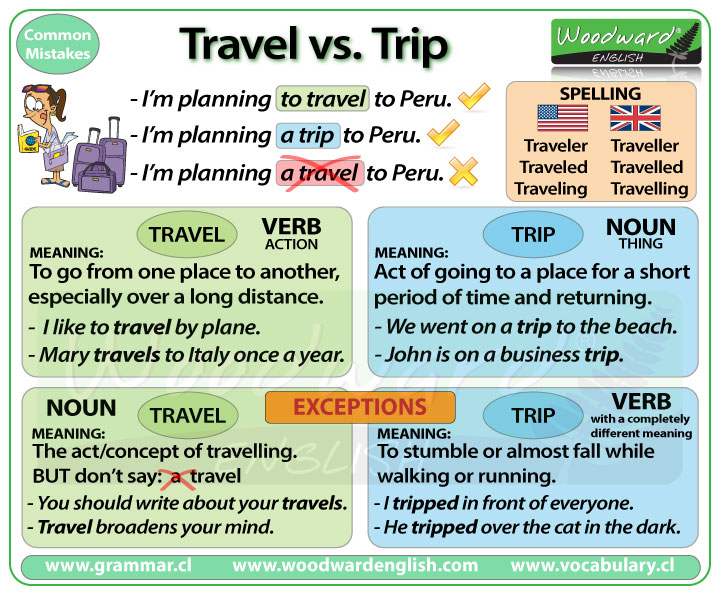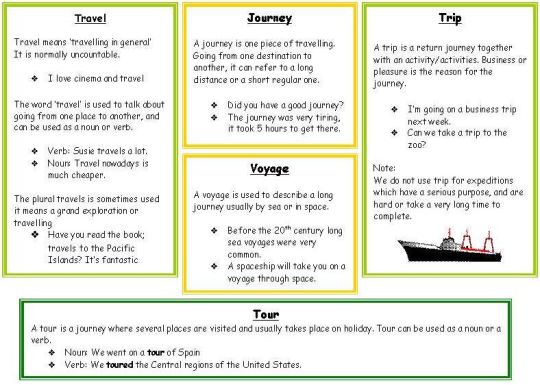e.g: ‘the two sisters were to accompany us to London’
The construction “be + to + verb” is a formal construction that is used either
a) to give an instruction or command, or
b) to tell what is going to happen in the future.
In the following three sentences, the “be + to + verb” construction signals that these are commands. This construction makes the sentences sound serious and formal.
In the following three sentences, the “be + to + verb” construction signals that these are commands. This construction makes the sentences sound serious and formal.
- You are to do your homework without watching any TV.
- The students are not to travel by subway without a friend.
- [Patient speaking to nurse] The doctor says that I’m to make an appointment to come back next month.
In the following sentences, the “be + to + verb” construction tells us that these sentences are about planned or scheduled events.
- The plane is to take off at 9pm.
- The new kitchen cabinets are to arrive before December 20th.
- Their house is to be sold right away.
Again, these sentences sound formal. If we change the verb construction to “be + going + to + verb,” they retain the same meaning but sound less formal.
- The plane is going to take off at 9am.
- The new kitchen cabinets are going to arrive before December 20th.
- Their house is to going to be sold right away.
#Grammar






